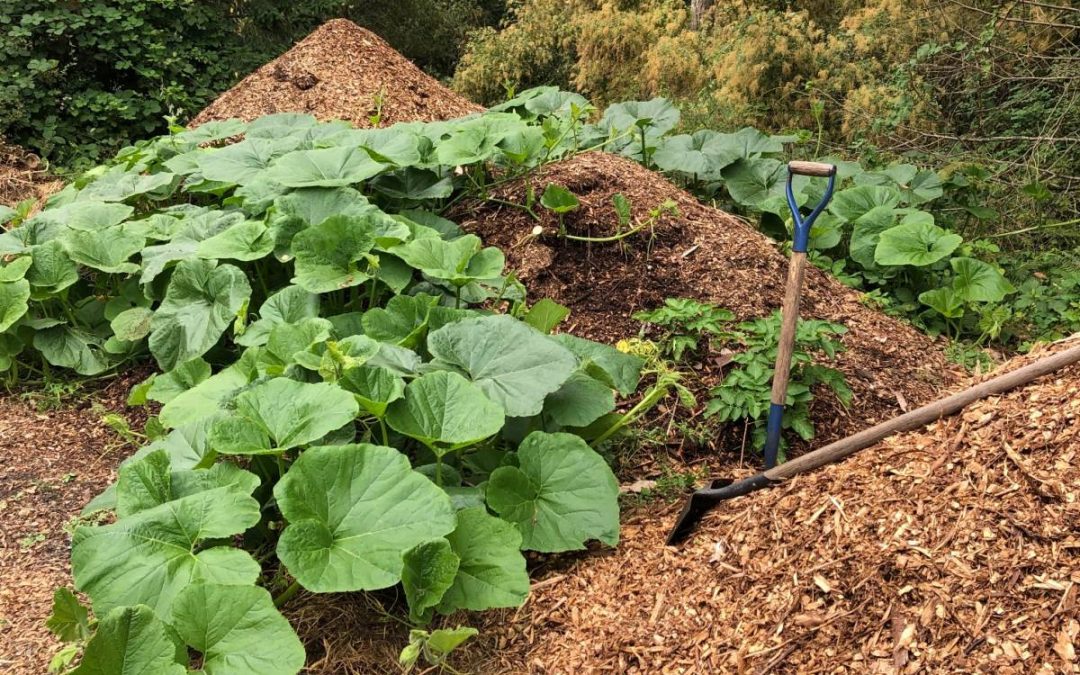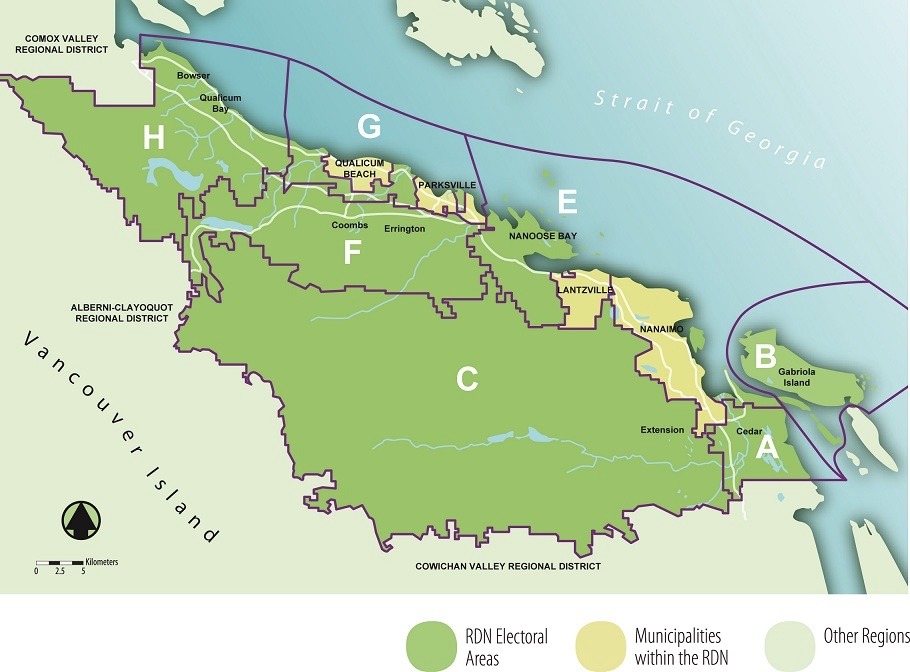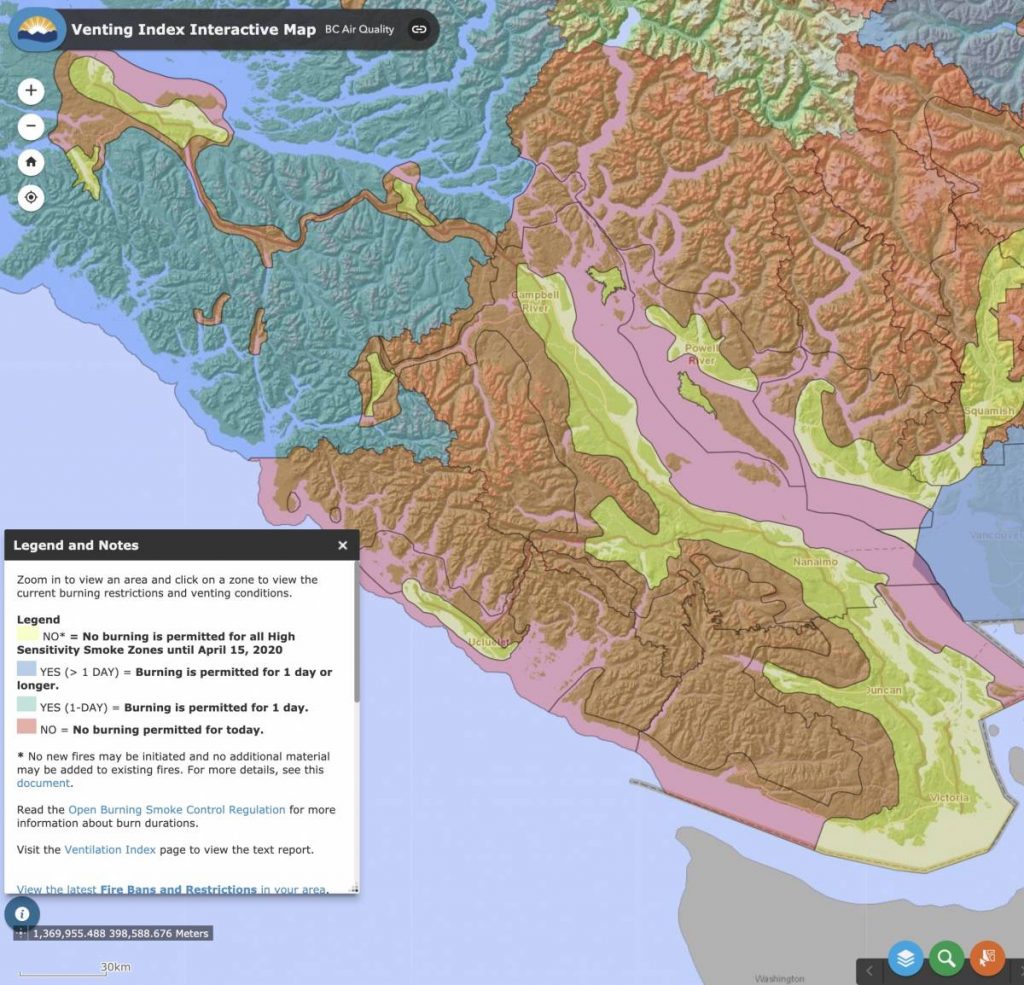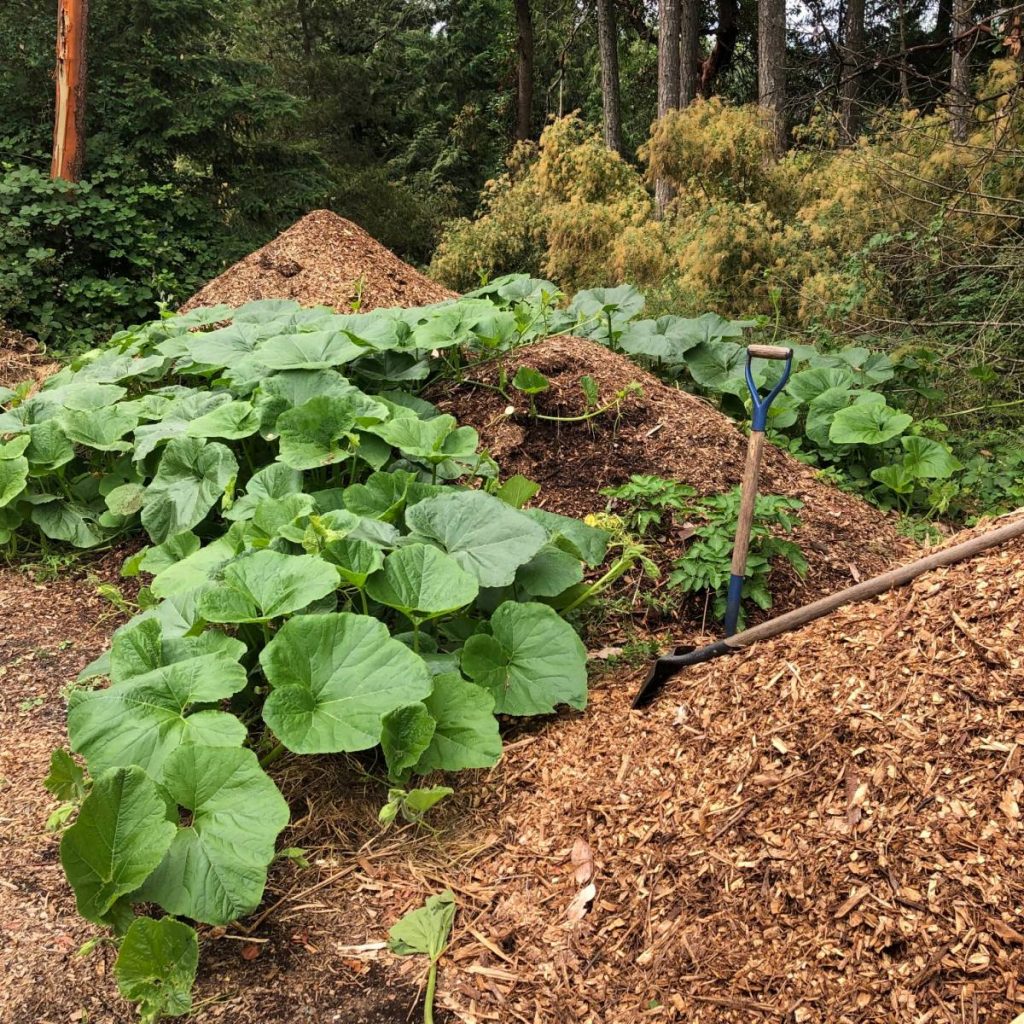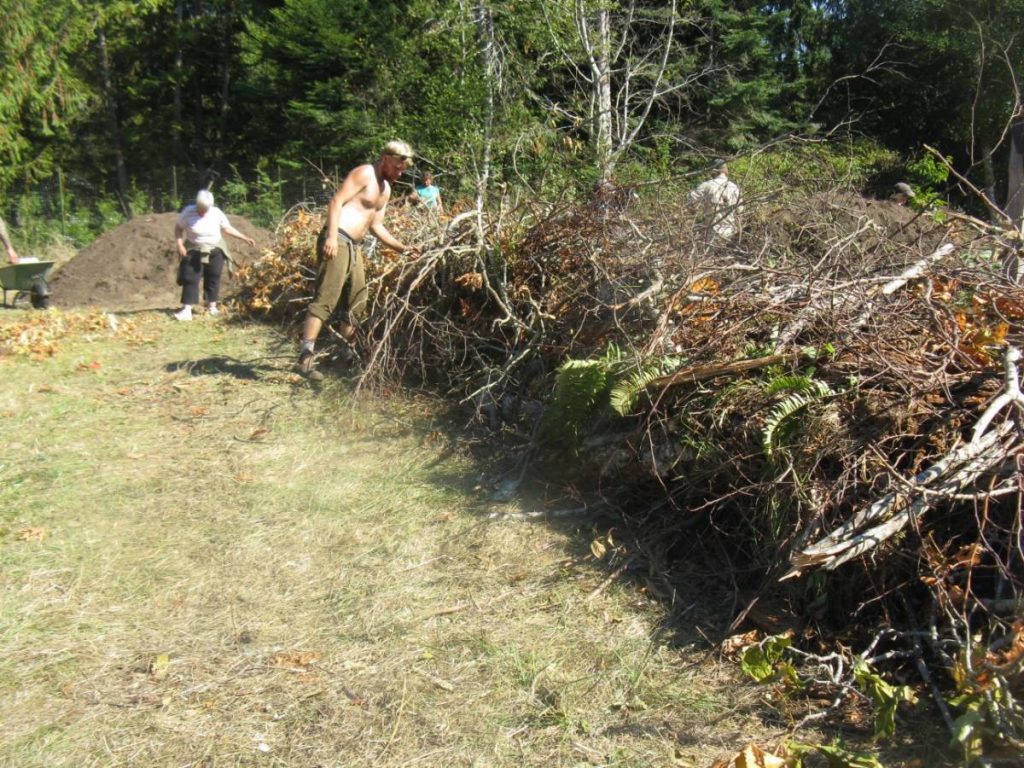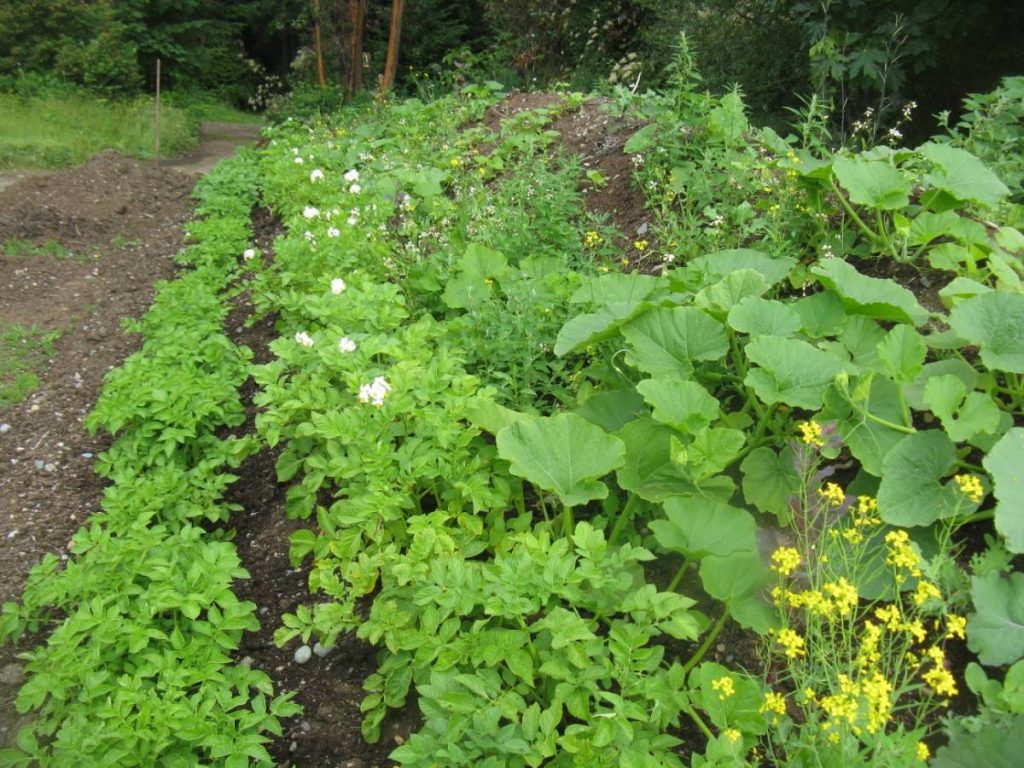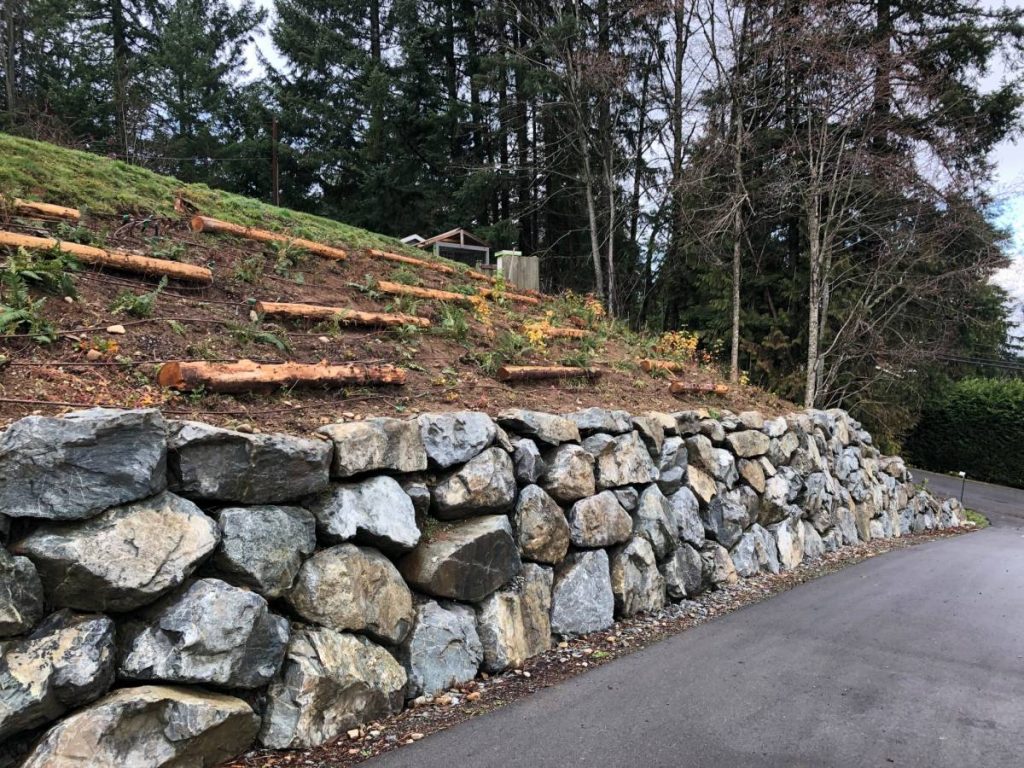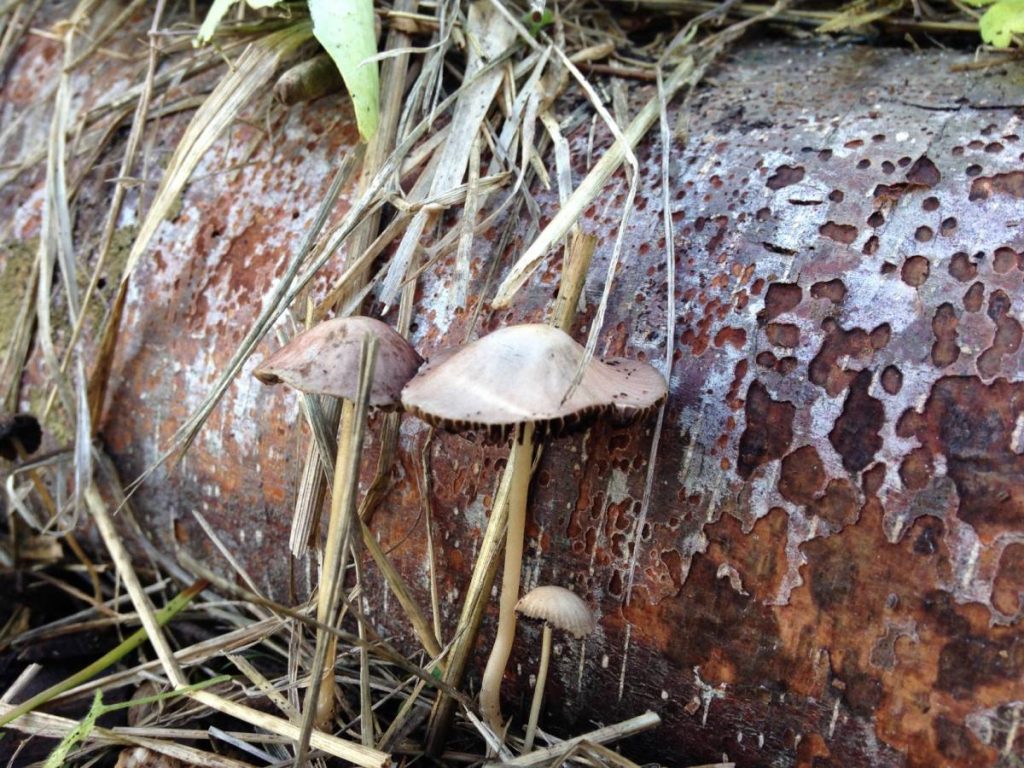I live on Vancouver Island within the Regional District of Nanaimo. The RDN covers a large area spanning from Bowser down to South Nanaimo and Cedar. With the current pandemic involving the COVID-19 virus, the BC Government has placed restrictions on open burning in most areas of BC.
Some people are not pleased with this latest change as they rely on open burning or back yard burning to dispose of woody materials generated on their properties. Coarse woody debris might include branches, or trees blow down during storms in the winter, branches from pruning and many other sources. Our landscapes and forests are continually creating carbon, which is a vital building block in soil creation.
I see this burning ban as an excellent opportunity for my community, why? During the past couple of weeks not only has there been far less traffic on our roads but no one has been burning brush. The results, cleaner air, less noise pollution (this can be substantial if you live within 5km of a highway like us), and clear skies. Why would we not want this to continue after the COVID-19 pandemic is over?
The effects of the COVID-19 virus are going to be long-lasting in our western world, in my opinion, but it does prompt us to look at some of the potential positive outcomes that we could and have experienced.
One approach is to consider alternatives to backyard burning, and this is not an easy sell for many people who enjoy lighting a fire and burning whatever woody materials they want to dispose of. In our household, we augment our heating needs with a woodstove, so while I see the value in burning wood for heating or cooking, I see it as a wasted resource when it’s burned in an outdoor fire that creates no yield.
If we enjoy our improved air quality then doesn’t it make sense to try and maintain this?
Here are five alternatives to backyard burning that we could consider:
1. Chipping/composting: We might as well start with the most obvious choice. Instead of burning garden or forest waste (so-called), we could easily chip most of the branches from our trees and shrubs. Once you have woodchips you have a number of options to use them. These woodchips could be further composted by merely leaving them in a pile. Another use for woodchips is in pathways within your vegetable garden, bedding in your chicken run (if you don’t have chickens, you should consider getting some). When fully composted, it can be used (after sifting) as a soil mix to grow vegetables, edibles or other plant seedlings.
2. Hügelkultur: The Wikipedia definition-is a horticultural technique where a mound constructed from decaying wood debris and other compostable biomass plant materials is later (or immediately) planted as a raised bed. Adopted by permaculture advocates, it is suggested the technique helps to improve soil fertility, water retention, and soil warming, thus benefiting plants grown on or near such mounds. I might also add that when the wood is placed below ground or covered by the soil, it acts like a battery, it stores water and nutrients which can be used by plants during the growing season and especially helpful during dry spells. When you construct any raised planting area you also create microclimates within this growing area, plants at the base of a mound receive more moisture and stay a bit cooler while plants near the top of a raised area are warmer and drier.
3. If you have a sloped landscape area: you can use small logs and branches to help slow down water as it flows across the surface. By pinning or partially burying these, you create a pocket of fertility on the uphill portion of the log. This technique will also reduce erosion and increase the amount of water that can infiltrate into the ground, which will, in turn, increases the area’s capacity to grow plants.
4. Wildlife habitat: The recognition of snags and coarse woody debris as important wildlife habitat elements and their retention on the landscape has been one of the most dramatic changes to commercial forest practices in recent years.¹ This should be considered for residential areas. Many of our ground-dwelling native bees create their homes within piles of woodchips or in an around logs.
5. You can use woody debris to line or edge any planting area or natural pathway-this will create moist habitat for beneficial soil organisms. You can also place small logs or branches around existing trees to improve water holding capacity, soil health and habitat for our native insects.
Let’s consider some new techniques that benefit not only our local habitat and site ecosystem but also our enjoyment and need for clean, healthy air.
By Jamie Wallace
Co-owner of Jaan Designs
Regenerative land designer, installer and educator
¹A Case Study of Habitat Conservation Plans and the Protection of Snags and Coarse Woody Debris on Industrial Forest Lands, Lorin L. Hicks and Henning C. Stabins

